The history of Seiko began back in 1881 when Kintaro Hattori opened a small clock store. It would take a further 11 years to create the Seikosha factory. The business began manufacturing all its own components and selling them at affordable prices to other competitors. The first Laurel watch was created in 1913, comprising of completely in-house built components. In 1969, Seiko marketed the first quartz watch called the Seiko Astron. It promised an accuracy 100 times better than a mechanical movement and was more affordable to make. Despite the quartz movement marking the start of the quartz crisis and subsequently sending many authentic Swiss watchmakers into complete collapse, the transition also marked some positives for companies like Seiko, who were now thriving. Forty years after the first Seiko Astron and the Japanese company continues to innovate the tried and tested watch, making it accessible on a worldwide basis.
When the Seiko Astron 35SQ landed in 1969, its movement exceeded the oscillation performance of an automatic wristwatch by thousands thanks to the way it worked. The current running through a quartz crystal controlled the accuracy of the watch and increased its rate of oscillations. The second generation of the Seiko Astron was the GPS, which came equipped with several new features such as integrated time synchronization by GPS satellite, time zone adjustment functions and, of course, a reliable in house made quartz movement. Titanium and ceramic versions became popular mainly for their lightweight and remarkably scratch resistant capabilities, each one integrated with 100 meter water resistance.
In 2004 Seiko released a radio controlled Seiko Astron that used an anatomical clock as its reference. This was no mean feat since at the time, only four countries were sending out standardised time signals. When Seiko transitioned to GPS satellite technology in 2012, the company combined it with a striking aesthetic that could be worn for travel, at work or with casual attire. The skill in fitting this GPS synchronization feature into a wristwatch would prove difficult. Seiko decided to take away the watch’s distinct antenna and disperse it across the entire surface of the watch face, virtually eradicating it from the design altogether. The Seiko Astron GPS was now a more compact, strong and stylish wristwatch with improved performance and accuracy.
Today, some of the highlights from Seiko’s Astron range are those such as the Astron GPS Solar Dual Time, the Seiko Astron GPS solar chronograph and the brand’s limited edition watches. The Seiko Astron GPS Solar Chronograph was added to the collection in 2014 and marked the world’s first solar watch with GPS and a stopwatch complication. Some of the most recent Seiko Astron watches include those from the 7X, 8X and 5X series. The 7X had an astounding aesthetic when it launched in 2012 and looked like no other watch from the Japanese manufacturer’s catalogue. The 8X was a slightly smaller model followed by the 5X which could receive time signals in three seconds flat. The most recent is the 3X series which launched in 2019, offering the world’s first women’s GPS Solar watch. The Seiko Astron continues to shape the future for GPS Solar technology, making ultra high accuracy across different timezones an everyday, accessible and affordable reality.

